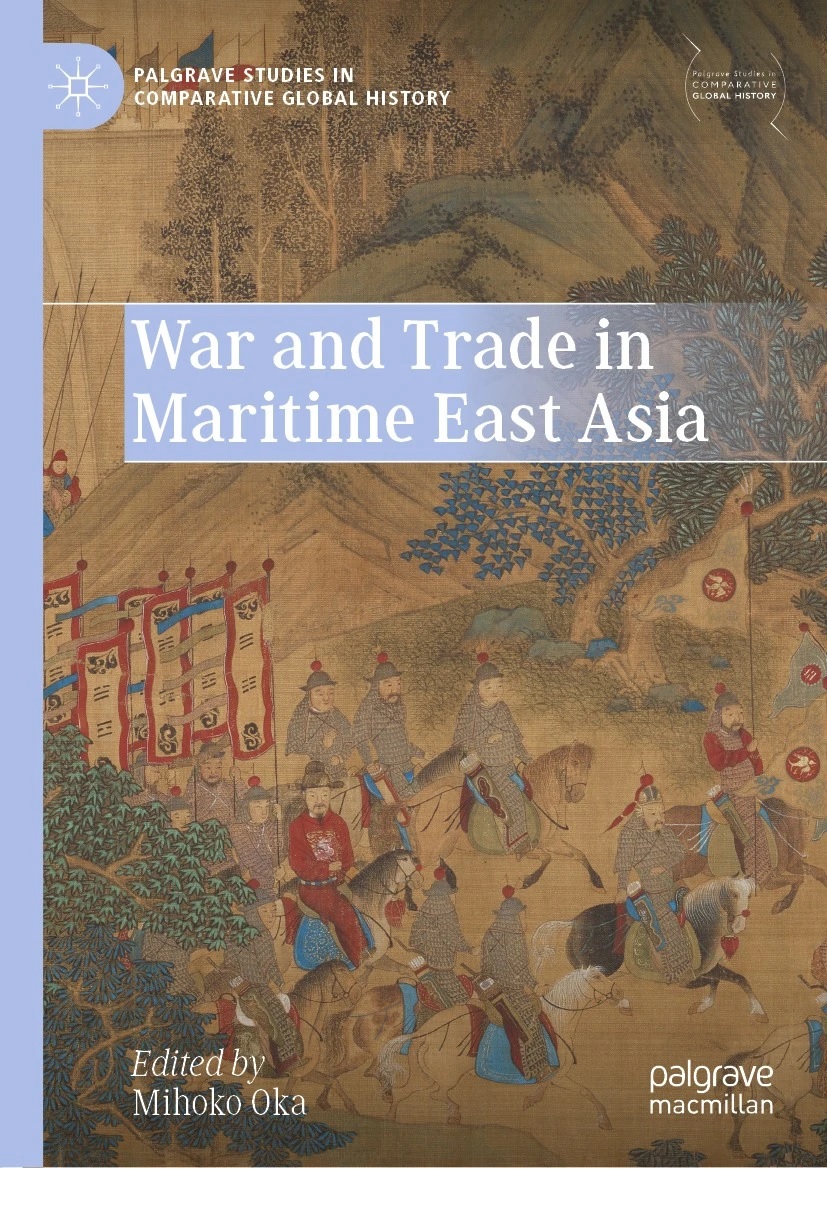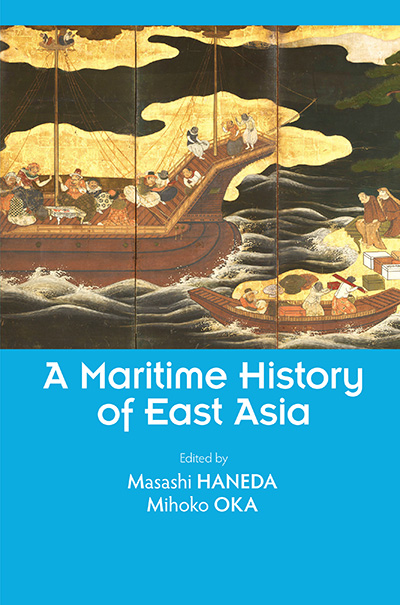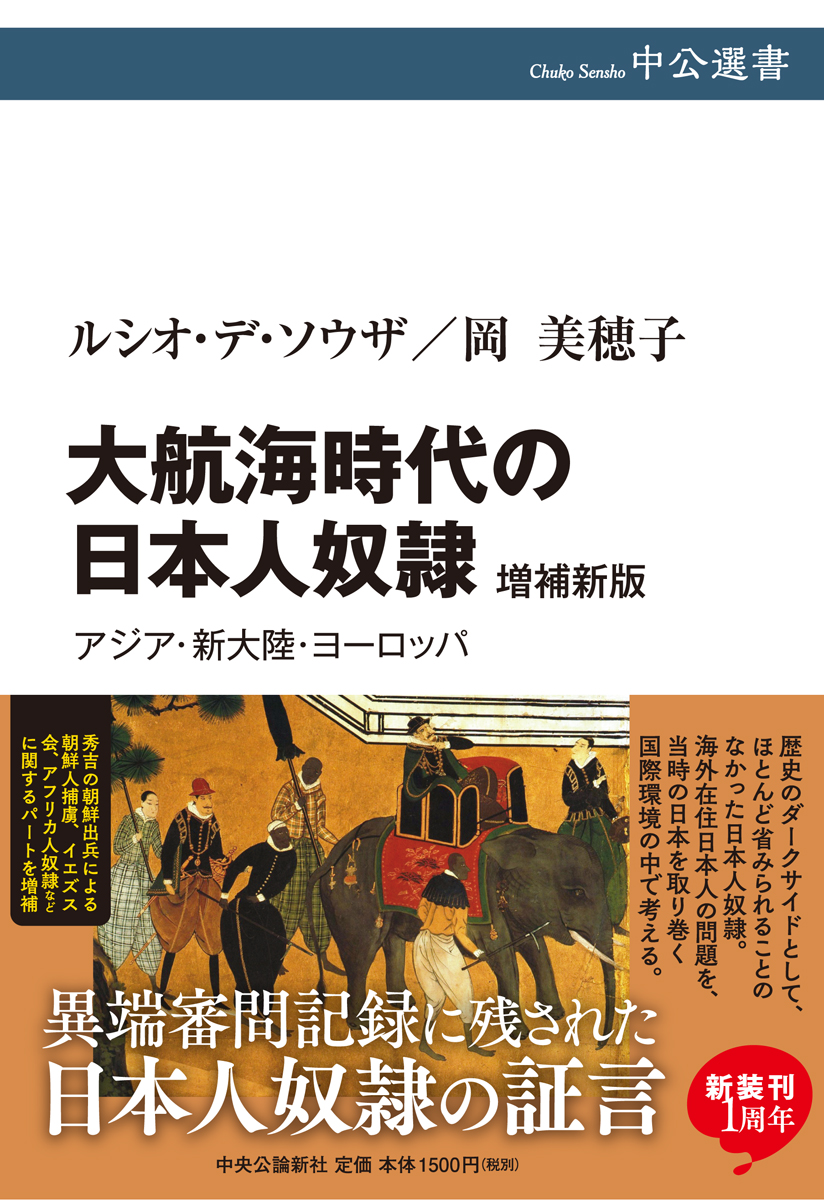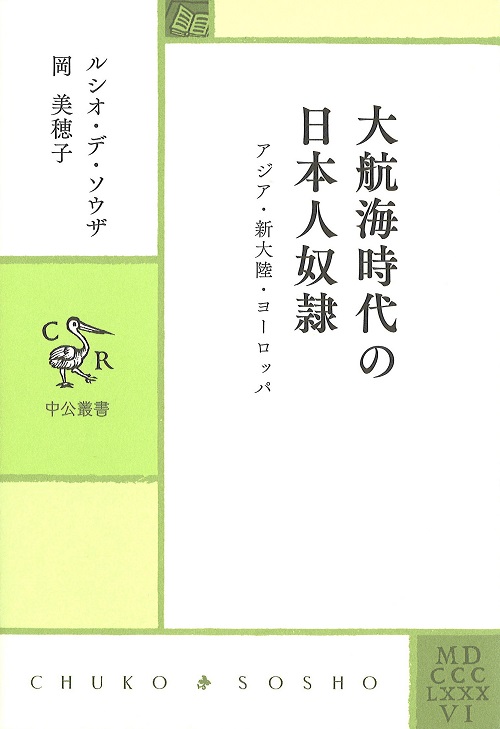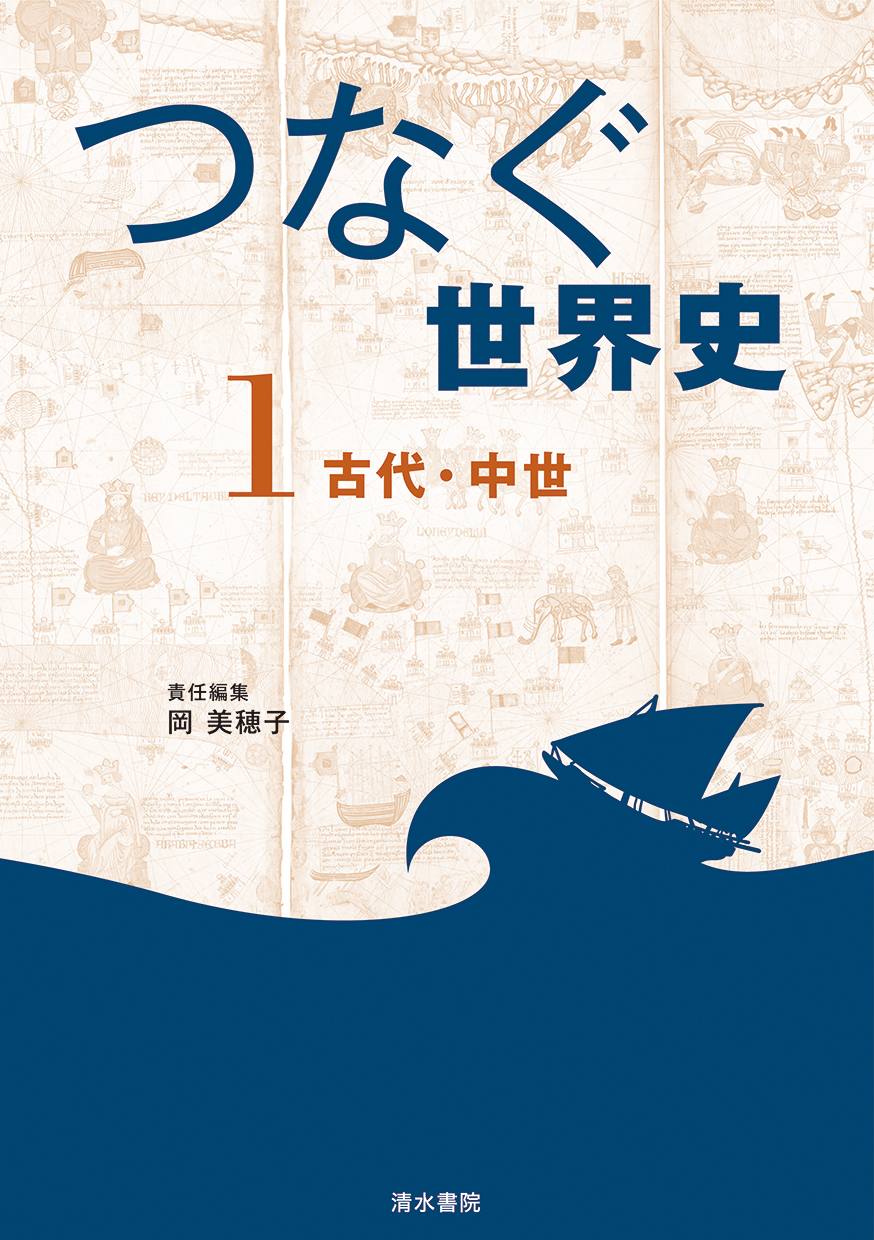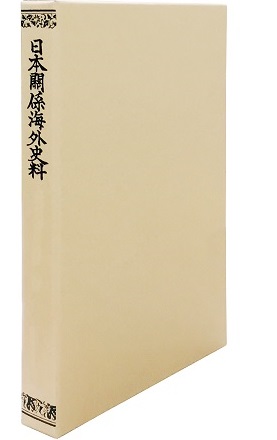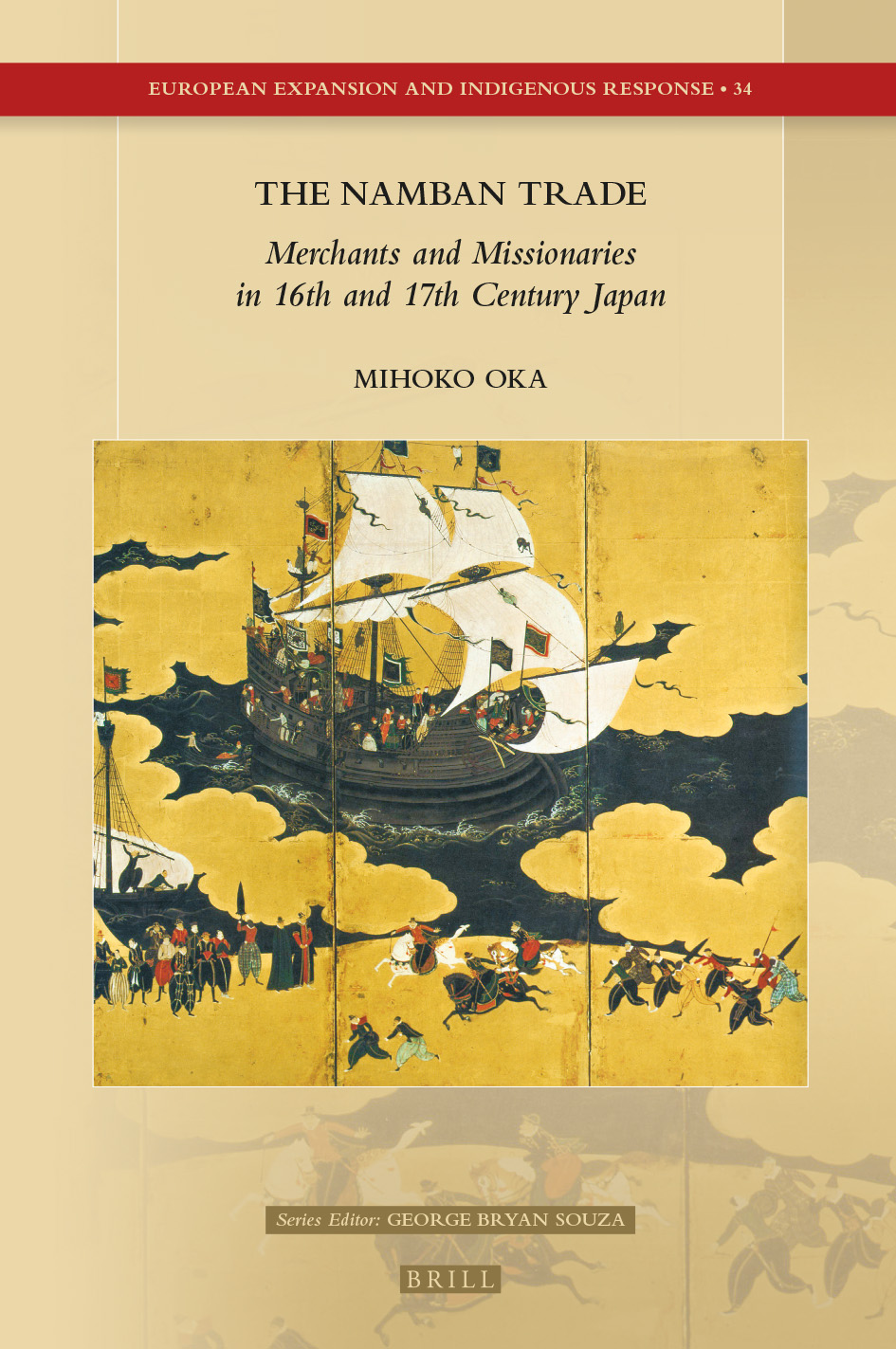
Title
European Expansion and Indigenous Response, Volume: 34 The Namban Trade Merchants and Missionaries in 16th and 17th Century Japan
Size
Hardcover
Language
English
Released
June 17, 2021
ISBN
978-90-04-46383-7
Published by
Brill
Book Info
See Book Availability at Library
Japanese Page
This book was originally published in Japanese by the University of Tokyo Press in 2010. Due to the demand from many of my foreign colleagues, I was encouraged to publish almost the same content in English so that it could be read widely in abroad. I needed some help in translation and copy-editing of the content, although I have thoroughly checked and modified the descriptions accordingly.
This book attempts to depict certain aspects of the Portuguese trade in East Asia in the 16th and 17th centuries by analyzing the activities of the merchants and Christian missionaries involved. It also discusses the response of the Japanese regime in handling the systemic changes that took place in the Asian seas. Consequently, it explains how Jesuit missionaries forged close ties with local merchants from the start of their activities in East Asian waters, and there is no doubt that the propagation of Christianity in Japan was a result of their cooperation. The author of this book attempted to combine the essence of previous studies by Japanese and western scholars and added several new findings from analyses of original Japanese and European language documents.
(Written by OKA Mihoko, Associate Professor, Historiographical Institute / 2021)
Table of Contents
1 Japanese Scholarship on International Relations History from the 1970s
2 The Eurocentric View in Japan
3 Maritime History Research in Japan
4 Positioning Japanese History in World History
Introduction
1 The Namban Trade and Christian Missionaries
2 Private Merchants and Capitão-mórs
3 Commodity Flows
4 Investment and Maritime Loans
5 The Creolization of Macao
6 The Church in Macao
7 Missionaries and Trade
1 The Portuguese in the East Asian Seas in the 16th Century
1 Portuguese Private Trade in the Extreme Orient
2 The Trade Situation East of Malacca before and after the Portuguese Forays
3 The Portuguese in Shuangyu
3.1 Wokou and Folangji
3.2 The Activities of the Merchant Diogo Pereira
3.3 The Kings of the Folangji
3.4 Disguised as King of Malacca and the Fourth King
4 Francis Xavier’s Plan for a Diplomatic Mission to China and the Prisoner Problem in Guangzhou
4.1 Xavier’s Plan for a Mission to China
4.2 Álvaro Ataíde da Gama’s Intervention in the Mission
4.3 The Liberation of Prisoners in Guangzhou
4.4 Diogo Pereira in Macao
2 The Structure and Content of Namban Trade
1 Overview of the Documents
1.1 Spanish Interest in the Japan Trade
2 The Commodities
2.1 Chinese Commodities for the Japanese Market
2.2 Chinese Commodities for the Indian Market
2.3 Commodities from India to China
2.4 Products from Various Regions across Asia
2.5 Japanese Commodities for the Chinese Market
3 Customs and Freight Rate
3.1 Capitão-mór Income and Freight Charges
3.2 Customs
4 Groundage in Macao Port and Taxes Due to the Chinese Authorities
3 The Namban Trade and Nagasaki Merchants: Structure of Investment and Capital Injection
1 Hakata and Nagasaki
2 Some Problems Concerning Nagegane
2.1 Defining Nagegane
2.2 Agreements with the Chinese
3 The Role of Suetsugu Heizō as seen in Portuguese Certification Documents
3.1 Paredes’s Kaijogin Loan Bonds
3.2 Investment Association of Merchants in Hakata Based on Family Relationships 102
4 Suetsugu Heizō’s Role in the Namban Trade
4.1 Heizō’s 1634 Letter
4.2 From Silver to Purchasing Stocks
4.3 Heizō’s 1635 Letter
4.4 The1632 Investment Agreement
4.5 Nagasaki Merchants’ Investments
4.6 The Vassals of the Shogun Ban Investment
4 Macao and the Namban Trade: The “Maritime Loan” Debt Problem
1 Macao Society, 1620s to the 1630s
1.1 The End of Macao’s Self-Government
1.2 The1625 Census
1.3 Trade between Manila and Macao
2 Loaned Silver in the 1630s
2.1 Export of Japanese Copper
2.2 Repayment of Japanese Debt
2.3 The Ban on Maritime Loan Agreements
3 Types of Debt
3.1 Analysis of Macao City Council Documents
3.2 Debts from Individual Agreements
3.3 Group Agreement on Debt
4 The Link between Individual Agreements and Bankruptcy
4.1 Individual Agreements in the1620s
4.2 Business Dealings between Macao and Chinese Merchants
4.3 Spanish Silver from Manila
5 Respondência Agreements and the World Market for Silver
5.1 Companhia and Respondência in Spain and Portugal
5.2 Maritime Loans from Macao Merchants
5 Religion and Power in Macao
1 The Role of St. Paul’s College during the Namban Trade Period
2 Bishop Carneiro and Macao Society in the 16th Century
3 The Treasury of St. Paul’s College
4 St. Paul’s Fort
5 The Economic Foundation of the College
5.1 Almsgiving
5.2 Revenue from the Trade with Japan
5.3 The Red-seal License for Namban Ships
6 The Role of the College in Macao
6.1 Education and Hearing Confessions
6.2 Mediation and Diplomacy
6 The Jesuits and Trade after the Prohibition of Christianity in Japan
1 Valignano and the Mercantile Community in Macao
2 Summary of the Memorandum for the Japan Procurador
3 Analysis of the Memorandum
3.1 Author and Composition
3.2 Criticism of Past Procuradores
3.3 A Comparison with Valignano’s Regulations
3.4 The Galleon Nossa Senhora da Graça
3.5 Warnings during the Ban on Christianity
3.6 Information on the Market in Japan
3.7 Raw Silk Prices and Pancada
3.8 Textiles
3.9 Silver Screening
3.10 Rodrigues’s View of the Japanese People
4 Japanese Silver and the Procurador
4.1 The Jesuits and Entrusted Silver
4.2 The Ban on Christianity and Entrusted Silver
5 The Jesuits and Maritime Loans
7 Nagasaki during the Kan’ei Period: The Affair of Paulo dos Santos
1 Outline of the Affair
2 Takenaka Shigeyoshi, Nagasaki Magistrate, and the Portuguese
2.1 Takenaka Shigeyoshi’s Private Trading Ship
2.2 Background to the Dismissal of the Nagasaki Magistrate
2.3 The Reason for Takenaka’s Dismissal
3 A Reexamination of the Kareuta Oshioki no Hosho
3.1 From Faxaque to Kareuta Oshioki no Hosho
3.2 An Investigation of the First Article
3.3 Cristóvão Ferreira
3.4 TheInfluence of the Santos Affair on Foreign Laws
4 The Reaction of Macao’s Government to the Santos Affair
4.1 The Santos Affair in the Monsoon Documents
Epilogue: The Final Phase of the Namban Trade
1 The Macao Delegation up to the Break in Relations
2 The Martyrdom of the Macao Merchant Legation in 1640
Related Info
Fundação Oriente – Embaixador João de Deus Ramos (Academia de Marinha, Defesa Nacional de Republica Portuguesa 2021)
https://academia.marinha.pt/
Reviews:
Reviewed by Frederik Vermote (“Journal of Jesuit Studies” July 27, 2022)
https://brill.com/view/journals/jjs/9/4/article-p588_010.xml
Reviewed by Alexandra Curvelo (“Journal of Early Modern History” May 31, 2022)
https://brill.com/view/journals/jemh/26/3/article-p286_9.xml?language=en
Reviewed by Niki J.P. Alsford (“International Journal of Maritime History” Volume 34, Issue 2 May 20, 2022)
https://journals.sagepub.com/doi/full/10.1177/08438714221102005
Reviewed by Thomas Lockley (“Bulletin of the School of Oriental and African Studies” May 10th, 2022)
https://doi.org/10.1017/S0041977X22000441
Reviewed by Adam Clulow (Sophia University “Monumenta Nipponica” Vol.76, Number 2, p.372-375 2021)
https://muse.jhu.edu/article/848767



 Find a book
Find a book


 eBook
eBook